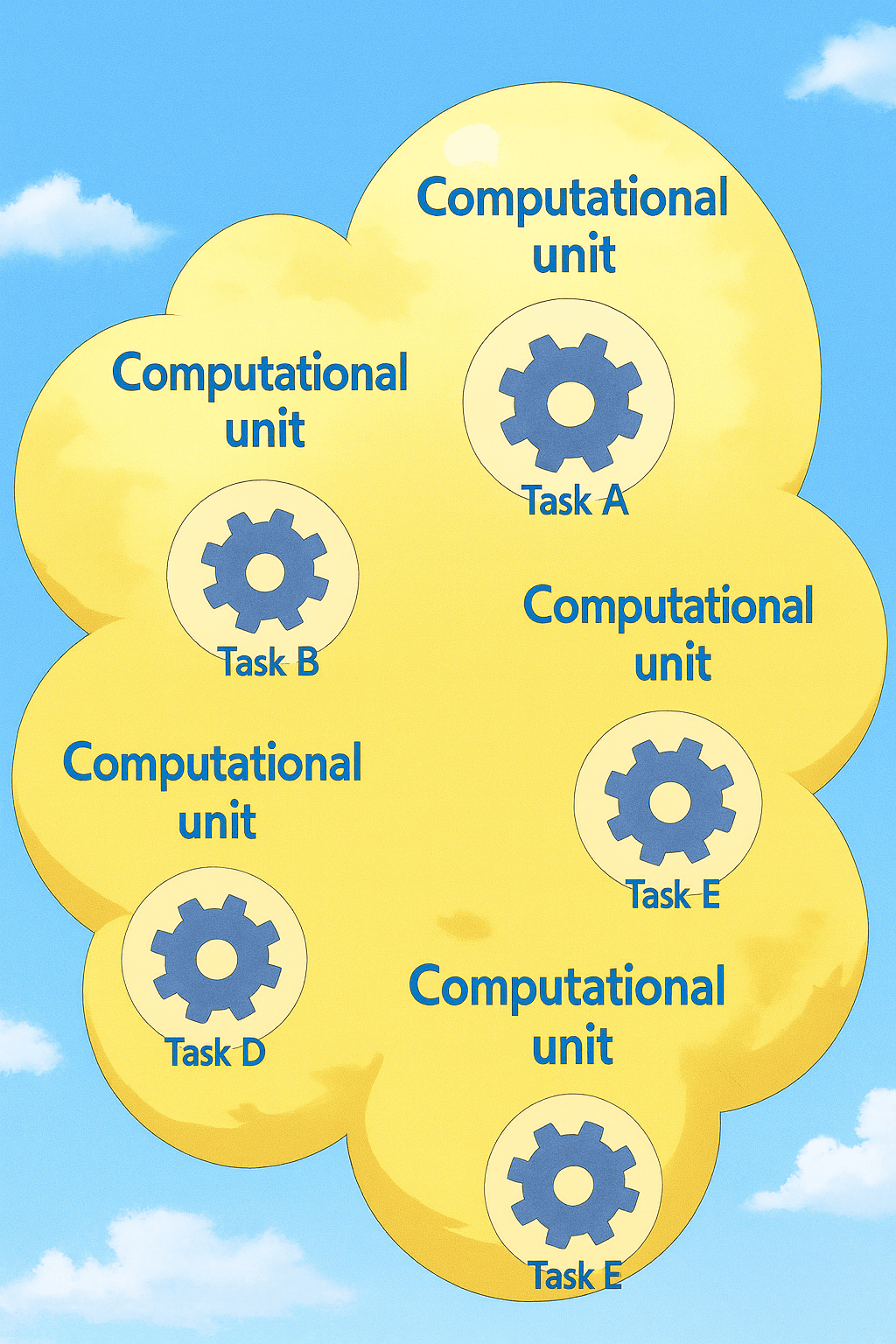WAF Compute Resource Consolidation Pattern
August 5, 2025•276 words•2 min read•
azure
design patterns
operational excellence
cost optimization
performance efficiency

| Category | Description | WAF Description |
|---|---|---|
| What | A design pattern where multiple workloads or tenants are co-located on shared compute infrastructure to maximize resource utilization and efficiency. | Improves cost optimization by reducing the number of underutilized compute instances, and supports performance by leveraging elastic infrastructure and efficient scheduling. |
| Used with | Multi-tenant systems, microservices, or periodic workloads that don't require dedicated resources and can share compute capacity safely. | Enhances operational excellence and performance efficiency by simplifying resource management and lowering the overhead of isolated compute units. |
| When | When workloads are lightweight, bursty, or predictable enough to run safely on the same set of compute resources without affecting each other. | Encourages cost-aware design by minimizing idle compute and simplifying scaling logic, while still maintaining service level boundaries through isolation mechanisms. |
| Not Suitable For | Scenarios requiring strong workload isolation (e.g. for compliance, security, or noisy neighbor avoidance), or where predictable performance is critical. | May negatively impact reliability or performance in high-sensitivity systems due to resource contention or security concerns if isolation is not properly enforced. |
| Related To | Multi-tenancy, Auto-scaling, Containerization, Serverless, Job Scheduling | Supports cost optimization and performance pillars; often implemented using Kubernetes, Azure Container Apps, Function Apps, or batch scheduling systems like Azure Batch. |
A basic implementation of the Compute Resource Consolidation Pattern can be found here.
The full WAF description of the pattern can be found here.